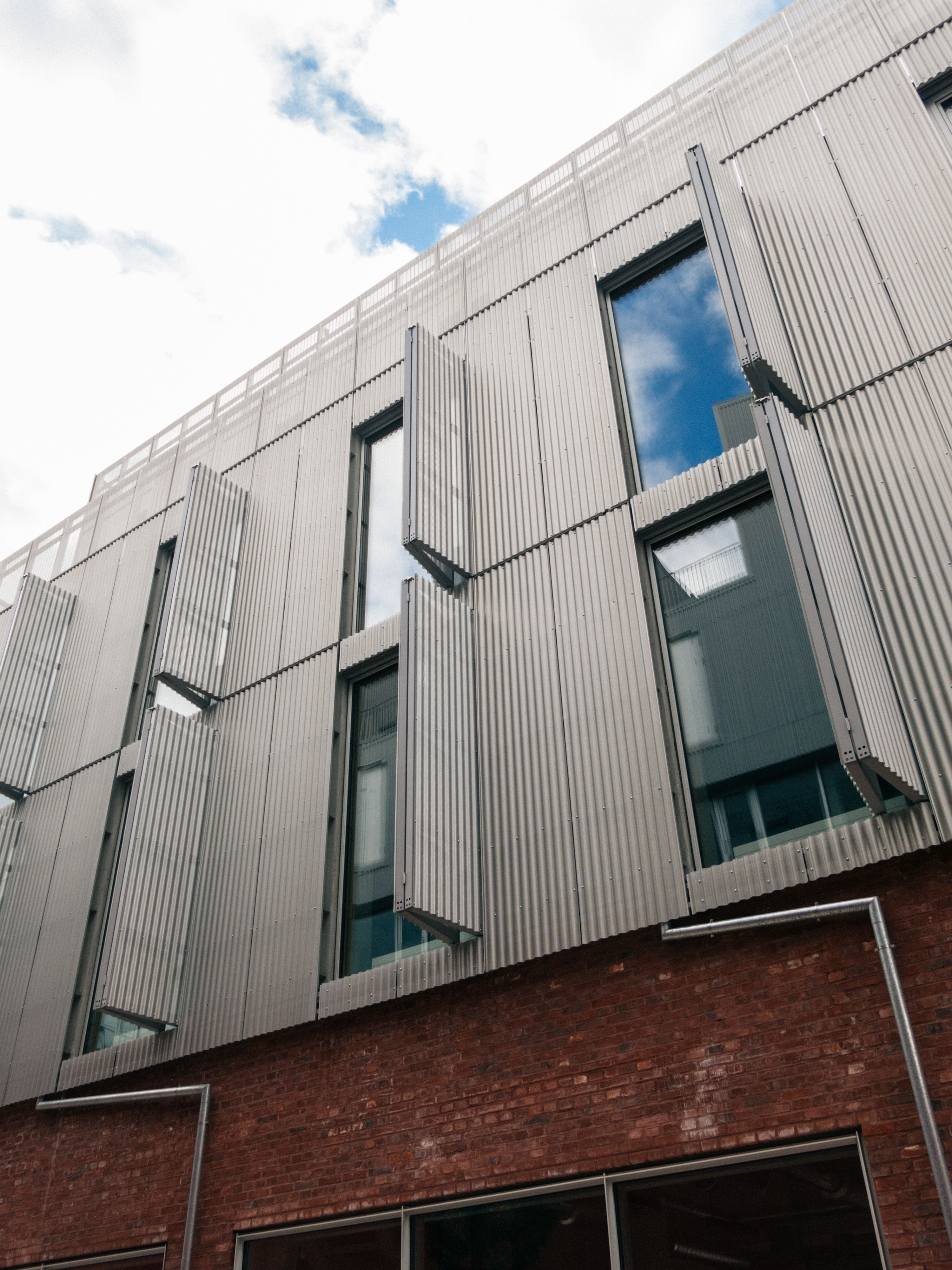P. Høpner
Sep 11, 2024
The Aircondition Paradox
The same products that are helping us stay cool on warm days are heating up the planet. We look at designs that can substitute air-conditions.
A Change In Europe
In 2022, I traveled across Europe, ending my journey in Paris during a record-breaking heatwave with temperatures reaching 42.6°C. Coming from the cooler climate of Denmark, where summers average 16.4°C and there are over 170 rainy days annually, the heat was overwhelming. In Paris, gentle breezes became scorching gusts, and our small apartment turned into a stifling sauna. Our tiny plastic fan was no match for the intense heat. An air conditioner was needed but the concept of an air-condition in north Europe is not as common as you’d think. We usually find ourselves on the opposite site of the spectrum needing technologies that can heat our apartments and houses. But this is about to change and when it does, we will become more familiar with air conditioning in our part of the world. But there is a paradoxical problem related to air conditioners which is that while creating cooler indoor spaces they heat up the outdoor climate.
To escape the oppressive heat, many people resort to air conditioning, the most used method for cooling indoor climates. However, air conditioning is harmful to the climate. It significantly contributes to greenhouse gas emissions and increases energy consumption, exacerbating the very problem it seeks to alleviate. Air conditioners rely on electricity, much of which is still generated from fossil fuels. This not only increases the carbon footprint but also puts a strain on power grids, especially during peak usage times like heatwaves. Moreover, air conditioning units often use refrigerants that can be potent greenhouse gases if they leak into the atmosphere. These combined factors make air conditioning a significant contributor to global warming, creating a vicious cycle where the demand for cooling increases as the planet gets hotter.
Some Quick Data
Comparing data across countries is challenging due to different collection methods, but the International Energy Agency notes that air conditioning is the most widely used technology globally. Therefore, developing energy-efficient and sustainable alternatives is crucial to mitigate environmental impacts and slow down climate change.

To get a glimps of what lies ahead, we can glance towards both the eastern and western world where they are feeling the heating problems full force. The increasing demand for air conditioning, especially in places like India, Asia, and the USA, could significantly increase energy use and strain power systems.
“Air conditioning alone could contribute to a 0.5°C increase in global temperatures over the next century if not addressed, which is concerning given the 2015 Paris Agreement's goal of limiting global temperature rise to 2°C by 2100.”
Air conditioning alone could contribute to a 0.5°C increase in global temperatures over the next century if not addressed, which is concerning given the 2015 Paris Agreement's goal of limiting global temperature rise to 2°C by 2100. Take, for example, a developing country like India. With a growing population and middle class, indoor cooling is a major climate challenge. The cooling needs in India are expected to rise by 800% by 2038, and peak energy demand could increase by 45% by 2050. This is an exponential problem.
So, it seems safe to say that as the planet warms, effective indoor cooling solutions are becoming increasingly urgent. But what if we could design buildings that don't require electricity for cooling?
Sustainable Alternatives
Bioclimatic Design
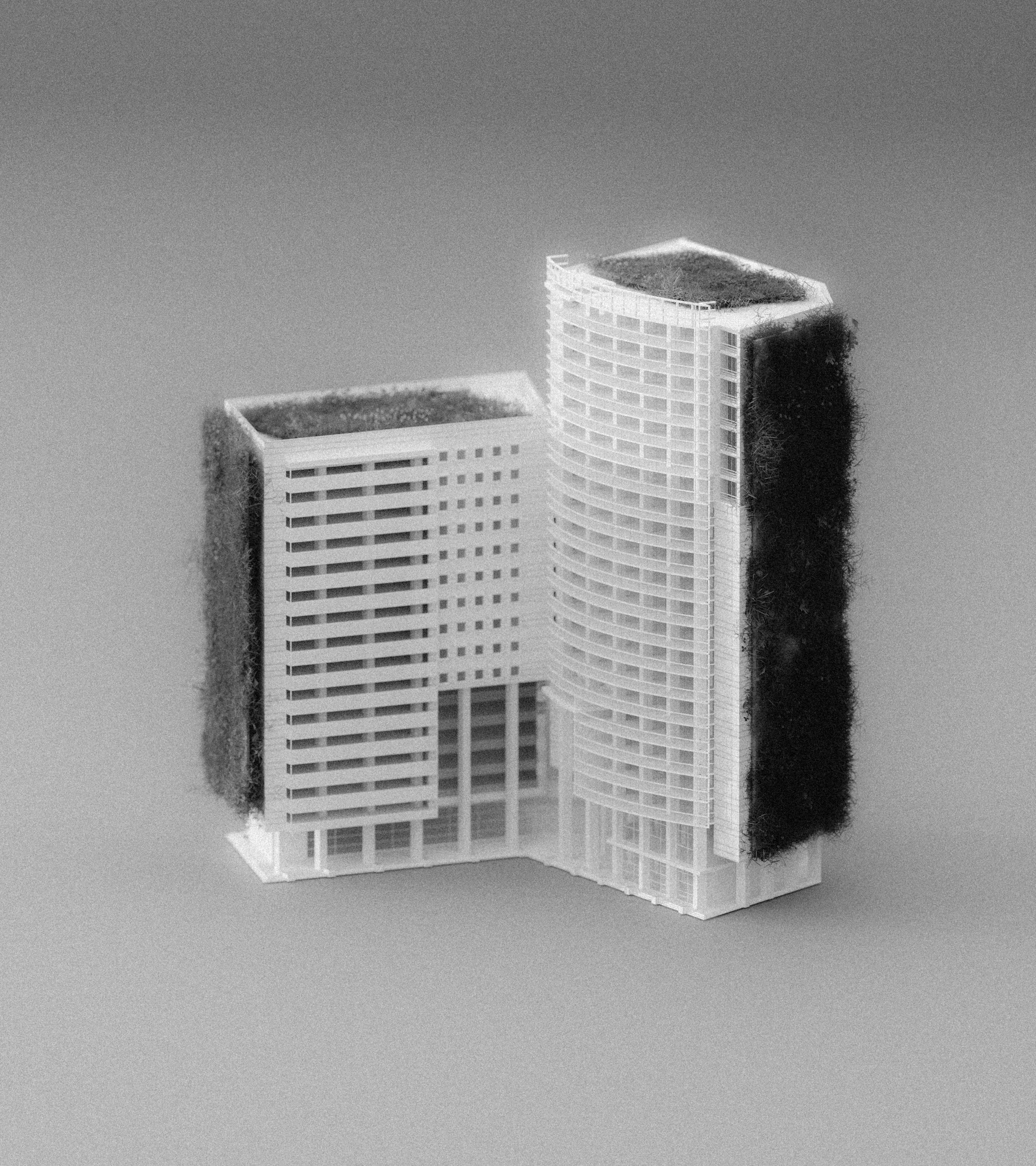
Bioclimatic design reduces heat penetration into buildings using plants as natural shades to absorb the sun’s rays. Green roofs and vertical gardens can insulate buildings against heat and potentially reduce cooling energy consumption by up to 30%. Vegetation can lower air temperatures around buildings by 6-10°C. Integrating vegetation into urban design enhances biodiversity, provides spaces for urban farming, and improves mental well-being by offering green spaces in concrete-dominated environments.
Water Cooling
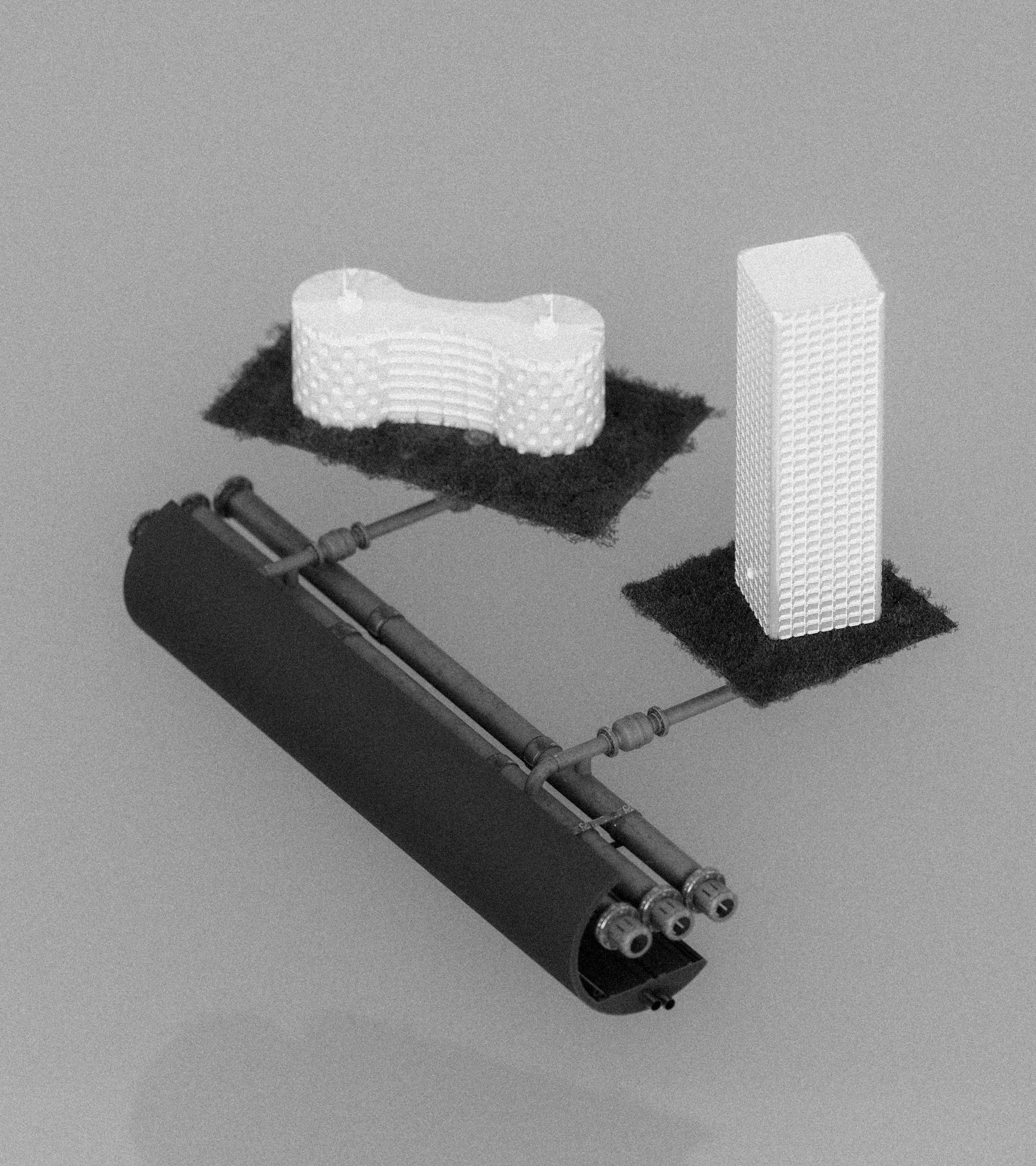
Imagine using cold water in a piping system, similar to heated floors, but scaled to cool an entire city. This is known as district cooling. First implemented in Paris in the early 1980s to address energy consumption and air pollution, district cooling reduces energy use for building cooling and lessens the strain on local power grids. According to the Paris Climate Agency, district cooling has reduced energy use for cooling by up to 40-50%. Centralized energy distribution systems like district cooling promote energy efficiency on a scale that individual air conditioners cannot achieve. They consolidate energy management, resulting in lower emissions and operational costs, exemplifying a collective approach to urban sustainability.
Reflective Paint
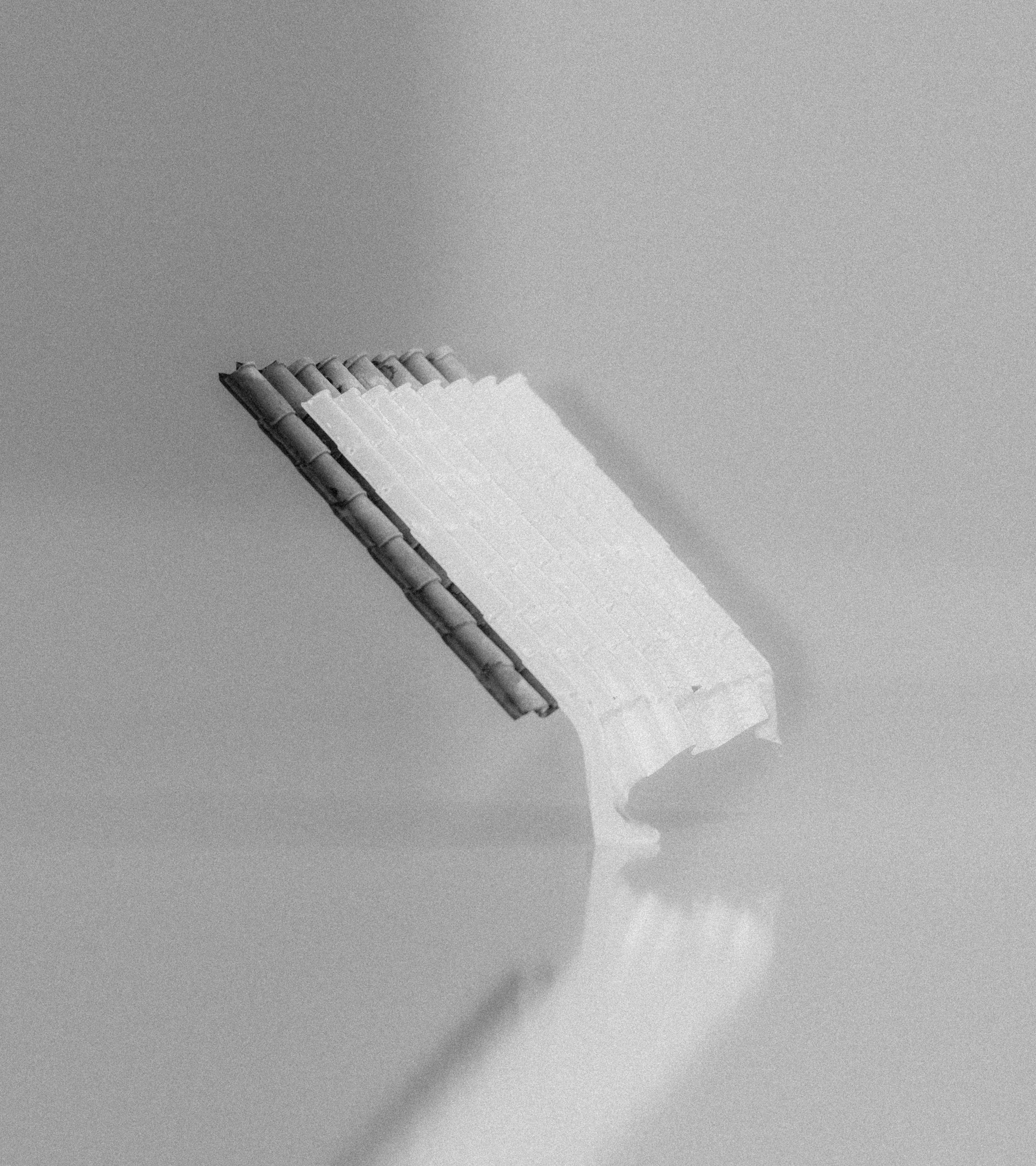
Reflective roof paint is a cost-effective way to reduce heat penetration and cool indoor environments by reflecting solar rays away from buildings. Research shows it can reduce cooling energy use by 20-70%, depending on the climate and building type. This leads to lower operational costs, less strain on energy systems, and decreased greenhouse gas emissions. It's particularly beneficial in developing countries where expensive technologies might not be feasible. Applicable to both new and existing buildings, it requires no major structural changes. Furthermore, reflective paint helps mitigate urban heat island effects and improve local microclimates.
Wind Towers
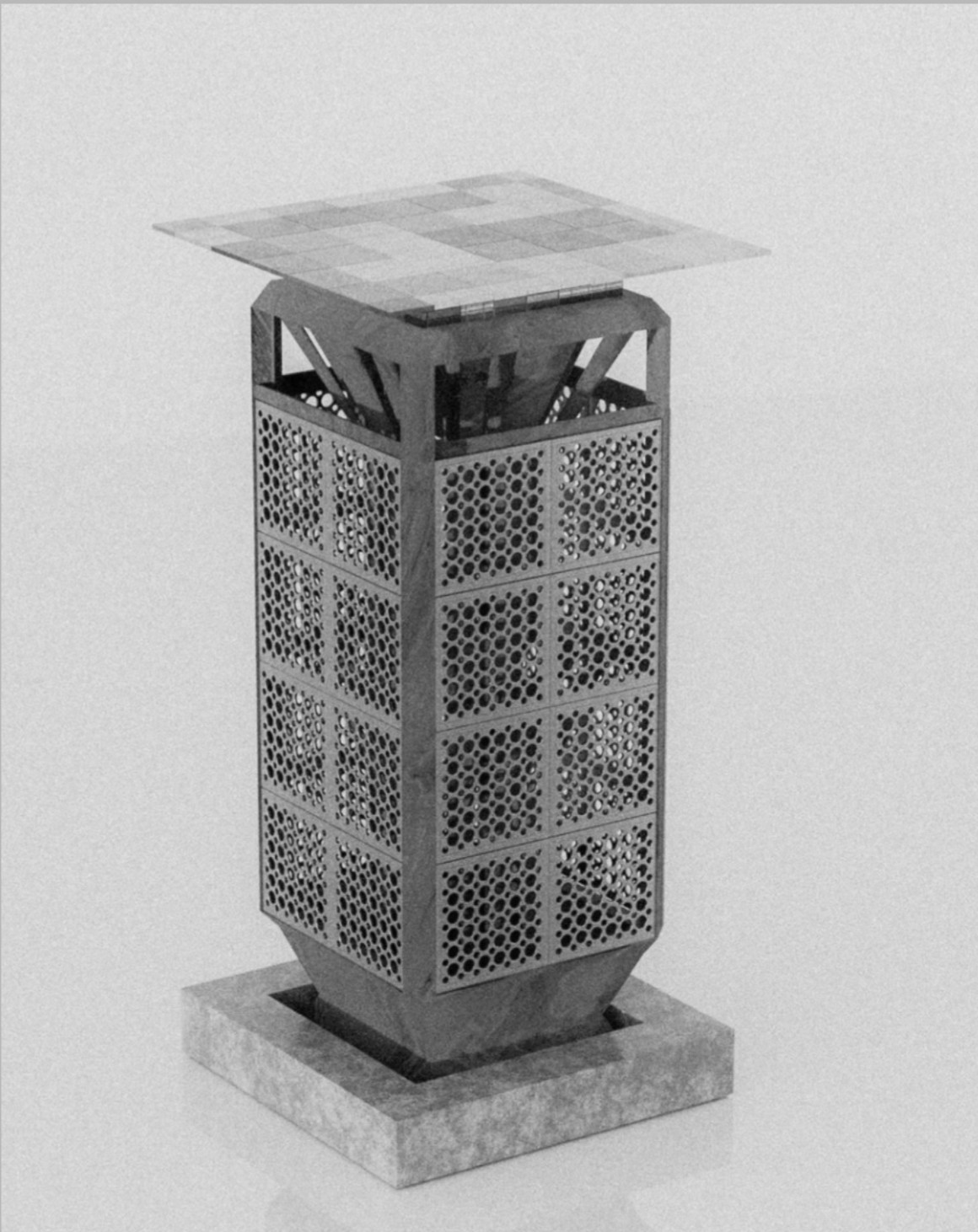
Originally from the Middle East and Asia, wind towers efficiently channel cooler air into buildings while expelling hot air. They can reduce indoor temperatures by up to 4°C, providing a comfortable indoor climate without mechanical or electrical cooling. In modern architecture, wind towers are reimagined to fit urban landscapes, serving as vertical elements in building facades. They harness cooler air from higher altitudes and direct it into the building interior. Advanced wind towers use sensors and control systems to adjust dynamically to weather patterns, enhancing efficiency. Rotational modules allow them to capture optimal wind directions, like wind turbines, based on real-time climate data.
Putting Things into Perspective
Mitigating climate change requires strategic approaches. While cooling buildings might not seem as exciting as debates about our flying habits, it's important to recognize the significant impact of air conditioning. It generates about 4% of global greenhouse gas emissions—twice as much as the entire aviation industry. Despite this, air conditioning often doesn't receive the attention it deserves. By becoming more aware of the narratives in the public debate and focusing on the root causes of climate change, we can tackle these issues more effectively. Embracing sustainable solutions like passive design in the cooling industry can make a significant difference.


